![]() css-tricks.com
css-tricks.com
Using @property for CSS Custom Properties

Una Kravetz digs into how Chrome now allows you to declare CSS custom properties directly from CSS with more information than just a string.
![]() css-tricks.com
css-tricks.com

Una Kravetz digs into how Chrome now allows you to declare CSS custom properties directly from CSS with more information than just a string.
![]() css-tricks.com
css-tricks.com

CSS-Tricks has this pretty cool way of styling hovered links. By default, the text is a fairly common blue. But hover of the links, and they’re filled with a linear gradient.
![]() css-tricks.com
css-tricks.com
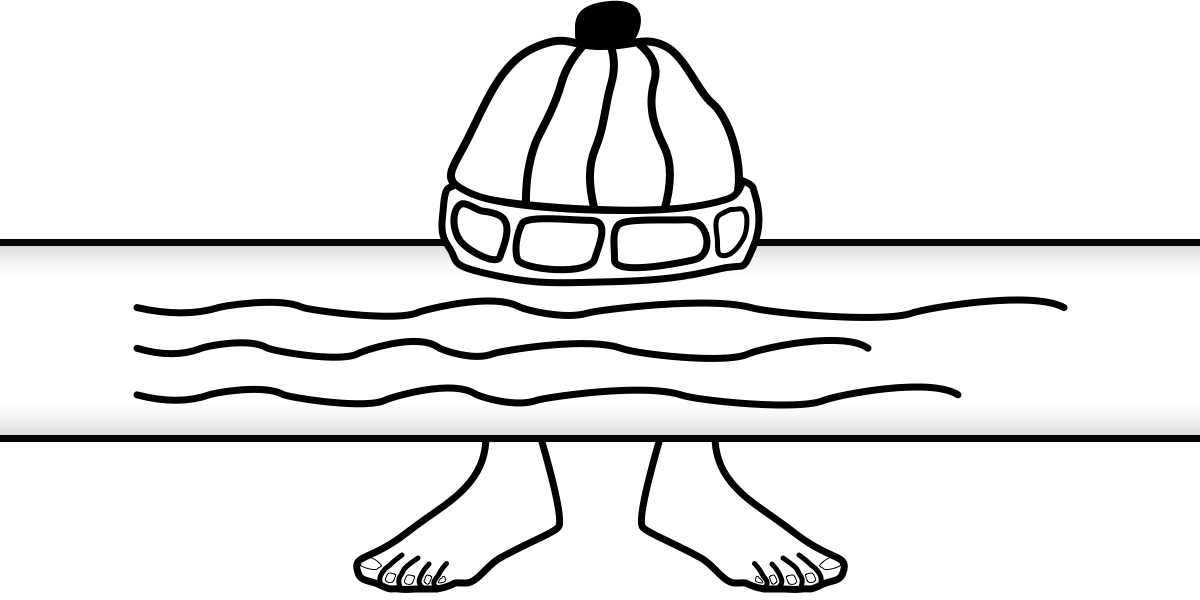
CSS Grid is a collection of properties designed to make layout easier than it’s ever been. Like anything, there’s a bit of a learning curve, but Grid is honestly fun to work with once you get the hang of it. One area where it shines is dealing with headers and footers. With a little adjustment …
![]() css-tricks.com
css-tricks.com
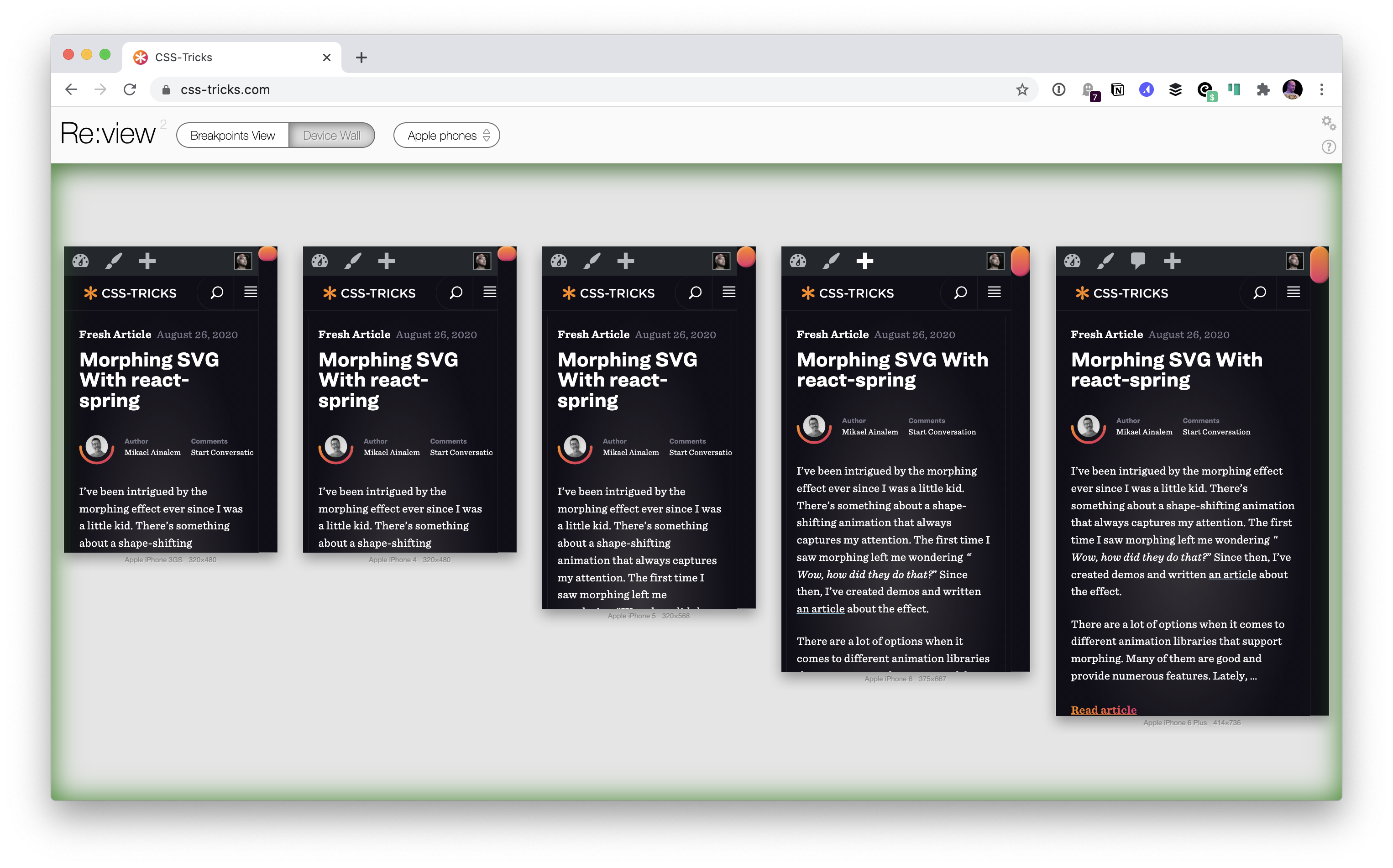
There are a number of these desktop apps where the goal is showing your site at different dimensions all at the same time. So you can, for example, be writing CSS and making sure it’s working across all the viewports in a single glance. They are all very similar. For example, they do “event mirroring” …
![]() css-tricks.com
css-tricks.com

Fun fact: it’s possible to create responsive components without any media queries at all. Certainly, if we had container queries, those would be very useful for responsive design at the component level. But we don’t. Still, with or without container queries, we can do things to make our components surprisingly responsive. We’ll use concepts from …
![]() css-tricks.com
css-tricks.com

Web Unleashed is a fun conference. I’ve been a number of times. I’m sure you won’t be surprised that it’s online this year, like most events. And, hey, it’s coming up and will take place over three days, October 5-7, 2020. I’d really like to see you there, not just because you’re going to get …
![]() css-tricks.com
css-tricks.com

Animations can make a site stand out. Or, they can just as easily kill the experience. When working with web animations, there are a few things that could go wrong like adding animations that serve no purpose, setting durations that are too long or too quick, or not using right type of animation in the …
![]() css-tricks.com
css-tricks.com
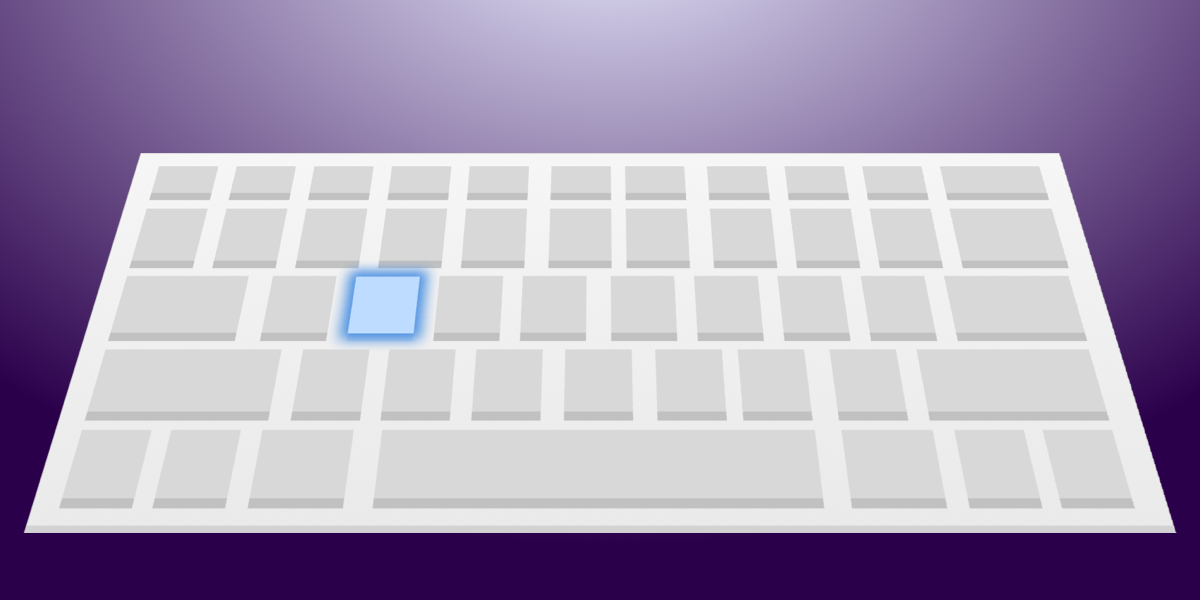
If you use <input type=”number”>, some browsers give you an input that has UI for incrementing the number, like up/down arrows (often called “spinners”).
![]() css-tricks.com
css-tricks.com

Eric Bailey eviscerates the notion that the term “a11y” isn’t accessible. It’s a hot take that I’ve had myself, embarrassingly enough. I never see people asking why WWI is written out the way it is, either. Won’t people confuse that with the first Wonder Woman movie? Or the first season of Westworld? Or some new …
![]() css-tricks.com
css-tricks.com
Remember the last time you dealt with a UI-related bug that left you scratching your head for hours? Maybe the issue was happening at random, or occurring under specific circumstances (device, OS, browser, user action), or was just hidden in one of the many front-end technologies that are part of the project? I was recently …
![]() css-tricks.com
css-tricks.com

Remy documented this the other day. Firefox supports a Highlight keyword and both Chrome and Safari support a -webkit-focus-ring-color keyword. So if you, for example, have removed focus from something and want to put it back in the same style as the browser default, or want to apply a focus style to an element when …
![]() css-tricks.com
css-tricks.com

Shawn Wang thinks there are deeper, perhaps more uncomfortable, places to go with developer experience (DX) beyond the surface-level stuff that we recently covered. Sure, sure, documentation, CLIs, good demos. But there are much harder questions to answer that are part of the real DX. Shawn lists eight really good ones. I’ll share this one: …
![]() css-tricks.com
css-tricks.com
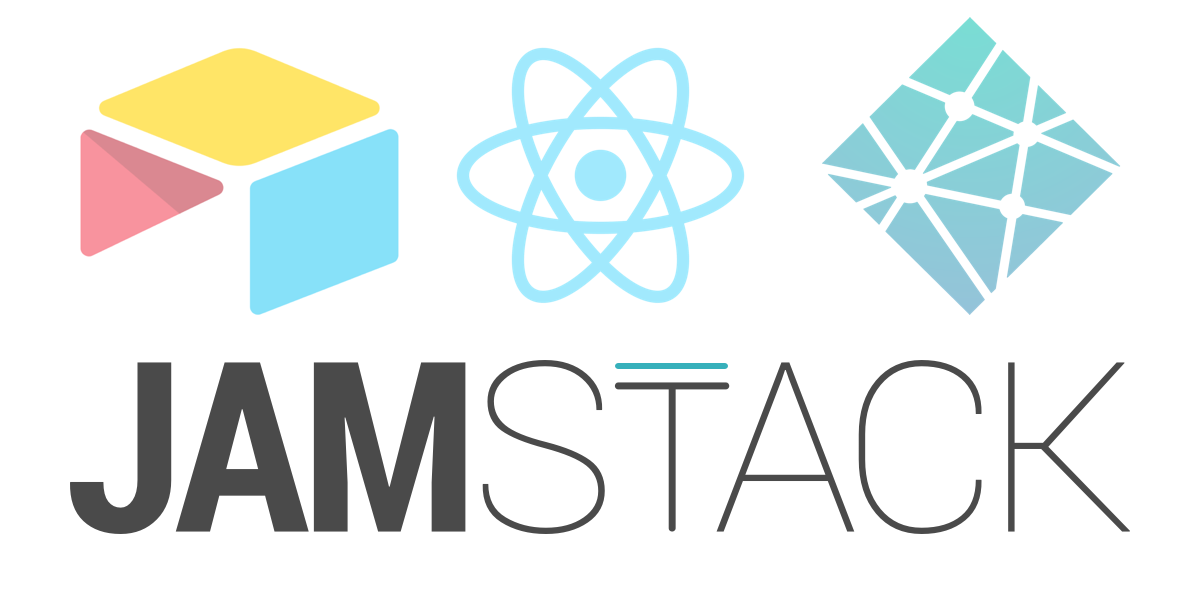
The best way to learn is to build. Let’s learn about this hot new buzzword, Jamstack, by building a site with React, Netlify (Serverless) Functions, and Airtable. One of the ingredients of Jamstack is static hosting, but that doesn’t mean everything on the site has to be static. In fact, we’re going to build an …
![]() css-tricks.com
css-tricks.com

As a web developer, there is an interesting bit of back and forth that always comes along with setting up a new application. Even using a full stack web framework like Ruby on Rails can be non-trivial to set up and deploy, especially if it’s your first time doing so in a while. Personally I …
![]() css-tricks.com
css-tricks.com

I’d say “website” fits better than “mobile app” but I like this framing from Max Lynch: Every production mobile app ultimately has a set of recurring tasks around integration, testing, deployment, and long term maintenance. These tasks often must be automated across a team of many developers and app projects. Building a process for these …
![]() css-tricks.com
css-tricks.com

Matt Hobbs says you should hire a front-end developer because… “A front-end developer is the best person to champion accessibility best practices in product teams.” “80-90% of the end-user response time is spent on the front end.” “A front-end developer takes pressure off interaction designers.” “If you do not have a front-end developer there is …
![]() css-tricks.com
css-tricks.com
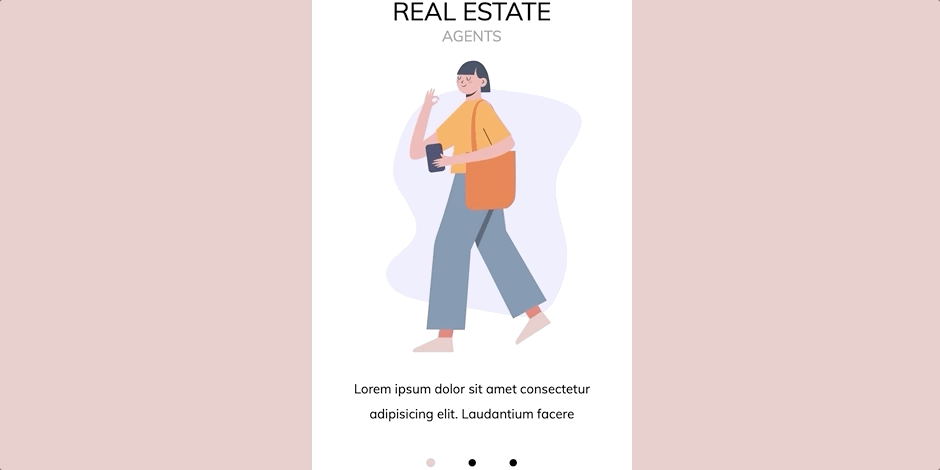
I’ve been intrigued by the morphing effect ever since I was a little kid. There’s something about a shape-shifting animation that always captures my attention. The first time I saw morphing left me wondering “ Wow, how did they do that?” Since then, I’ve created demos and written an article about the effect. There are a …
![]() css-tricks.com
css-tricks.com
It wasn’t that long ago that Umar Hansa published a look at the most interesting new features in Chrome DevTools released in 2020. In fact, it was just earlier this month! But in that short amount of time, Chrome has a few new tricks up its sleeve. One of the features Umar covered was the …
![]() css-tricks.com
css-tricks.com
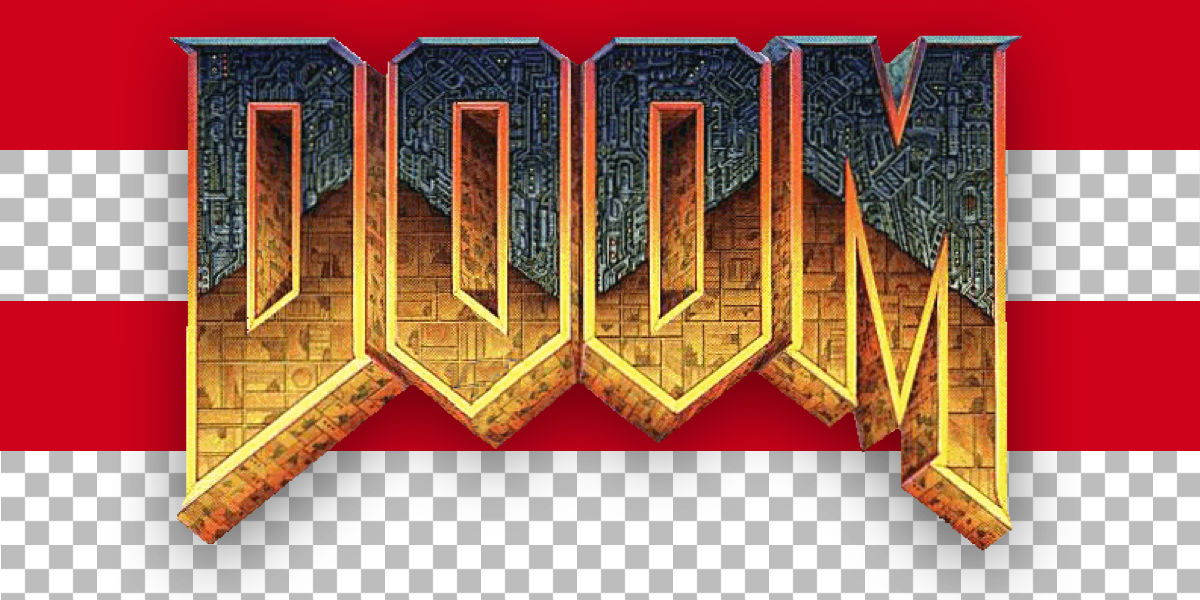
The video game Doom famously would flash the screen red when you were hit. Chris Johnson not only took that idea, but incorporated a bunch of the UI from Doom into this tounge-in-cheek JavaScript library called Doom Scroller. Get it? Like, doom scrolling, but like, Doom scrolling. It’s funny, trust me.
![]() css-tricks.com
css-tricks.com

Jim Nielsen: the datasets weren’t even close for me. Google Analytics works by putting a client-side bit of JavaScript on your site. Netlify Analytics works by parsing server logs server-side. They are not exactly apples to apples, feature-wise. Google Analytics is, I think it’s fair to say, far more robust. You can do things like …
![]() css-tricks.com
css-tricks.com
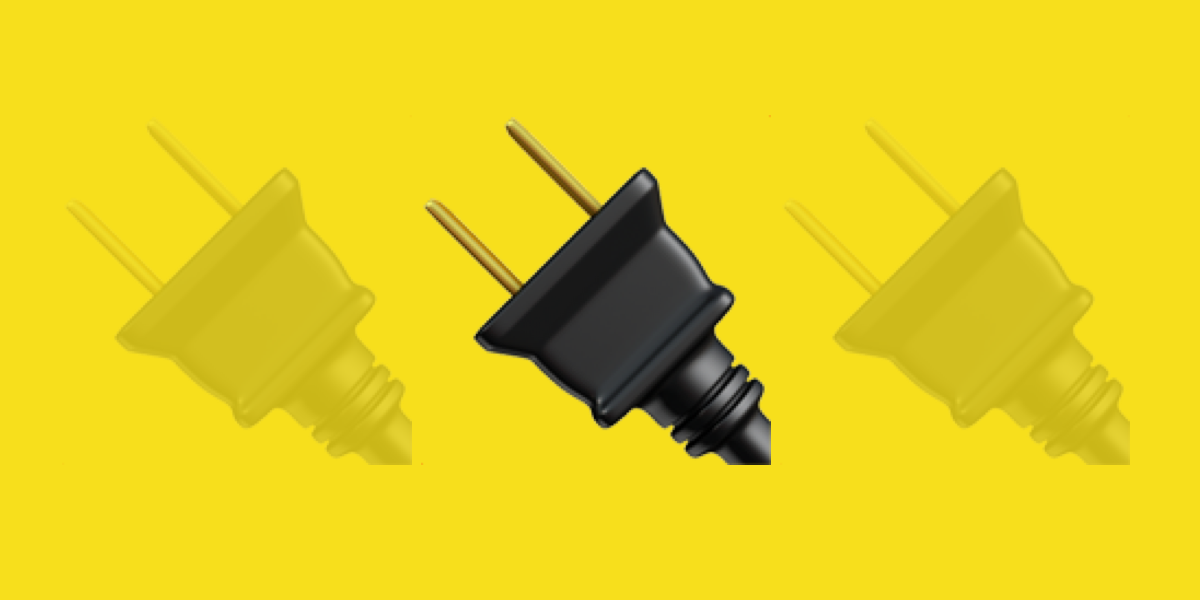
WordPress has plugins. jQuery has plugins. Gatsby, Eleventy, and Vue do, too. Plugins are a common feature of libraries and frameworks, and for a good reason: they allow developers to add functionality, in a safe, scalable way. This makes the core project more valuable, and it builds a community — all without creating an additional …
![]() css-tricks.com
css-tricks.com

Here’s something I had to get my head wrapped around when I started building Jamstack sites. There are these different stages your site goes through where you can put logic. Let’s look at a special example so you can see what I mean. Say you’re making a website for a music venue. The most important …
![]() css-tricks.com
css-tricks.com

Here’s a nice site from Phuoc Nguyen, who I’ve noted before has quite a knack for clever sites. This vs. That pits different related concepts against each other as a theme for an article. For example, CSS has display: none;, opacity: 0;, and visibility: hidden; and they all, on the surface “hide” something, but they …
![]() css-tricks.com
css-tricks.com

I generally like mailto: links. But I feel like I can smell a mailto: link without even inspecting or clicking it, like some kind of incredibly useless superpower. I know that if I’ve got my default mail client set, clicking that link will do what I want it to do, and if I want, I …
![]() css-tricks.com
css-tricks.com
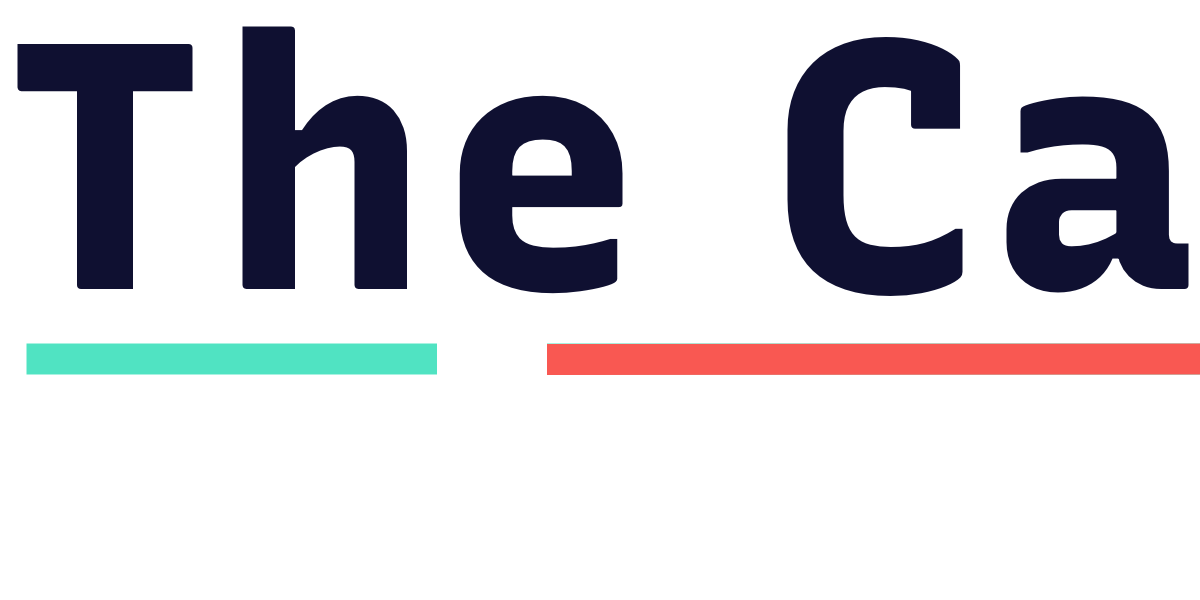
Nicky Meuleman, inspired by Cassie Evans, details how they built the anchor link hover on their sites. When a link is hovered, another color underline kinda slides in with a gap between the two. Typical text-decoration doesn’t help here, so multiple backgrounds are used instead, and fortunately, it works with text that breaks across multiple …
![]() css-tricks.com
css-tricks.com

Have you ever seen a calendar on a webpage and thought, how the heck did they did that? For something like that, it might be natural to reach for a plugin, or even an embedded Google Calendar, but it’s actually a lot more straightforward to make one than you might think. Especially when we use …
![]() css-tricks.com
css-tricks.com
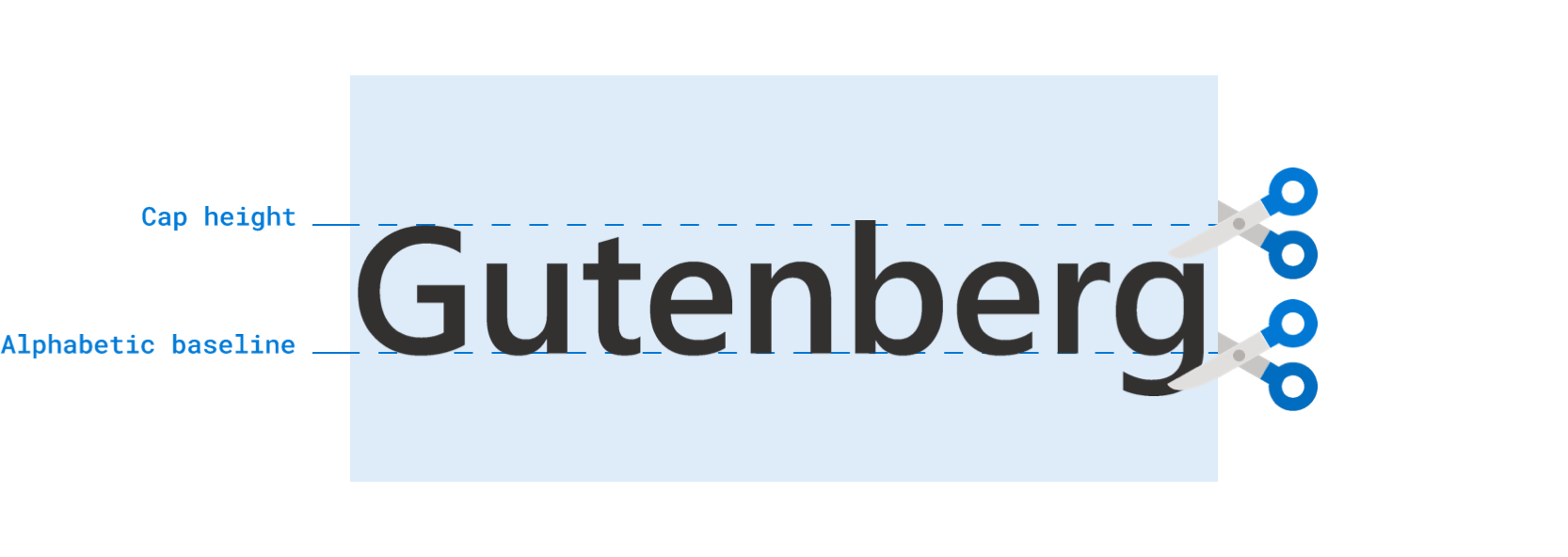
leading-trim is a suggested new CSS property that lets us remove the extra spacing in every font so that we can more predictably style text. Ethan Wang has written about it — including how Microsoft has advocated for it — and that it’s now part of the Inline Layout Module Level 3 spec.
![]() css-tricks.com
css-tricks.com
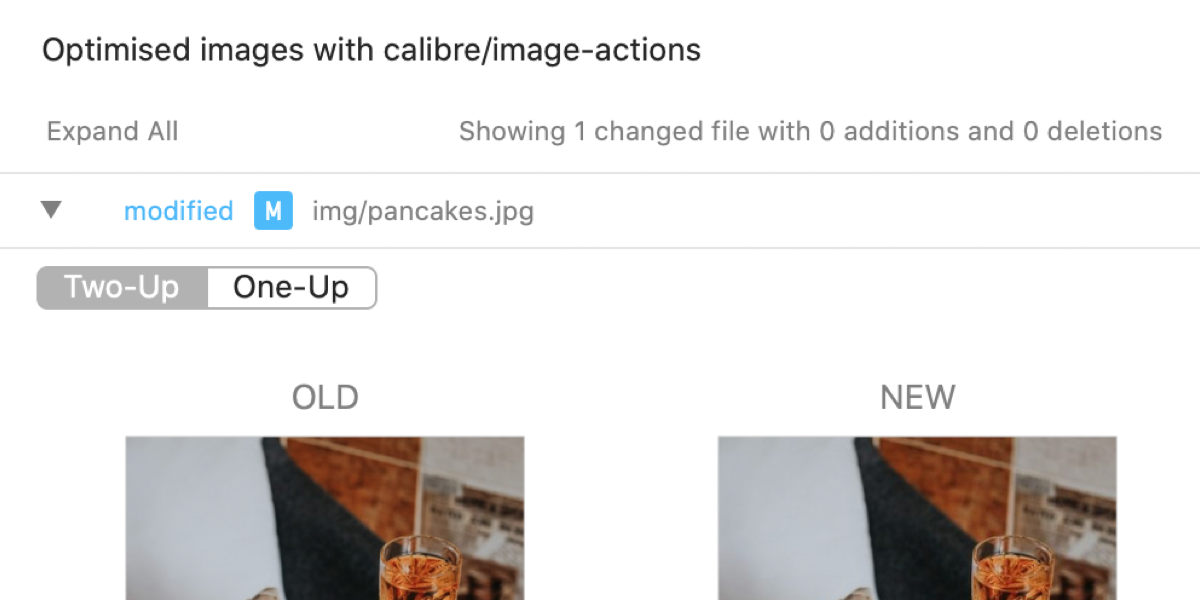
I was playing with GitHub Actions the other day. Such a nice tool! Short story: you can have it run code for you, like run your build processes, tests, and deployments. But it’s just configuration files that can run whatever you need. There is a whole marketplace of Actions wanting to do work for you. …
![]() css-tricks.com
css-tricks.com
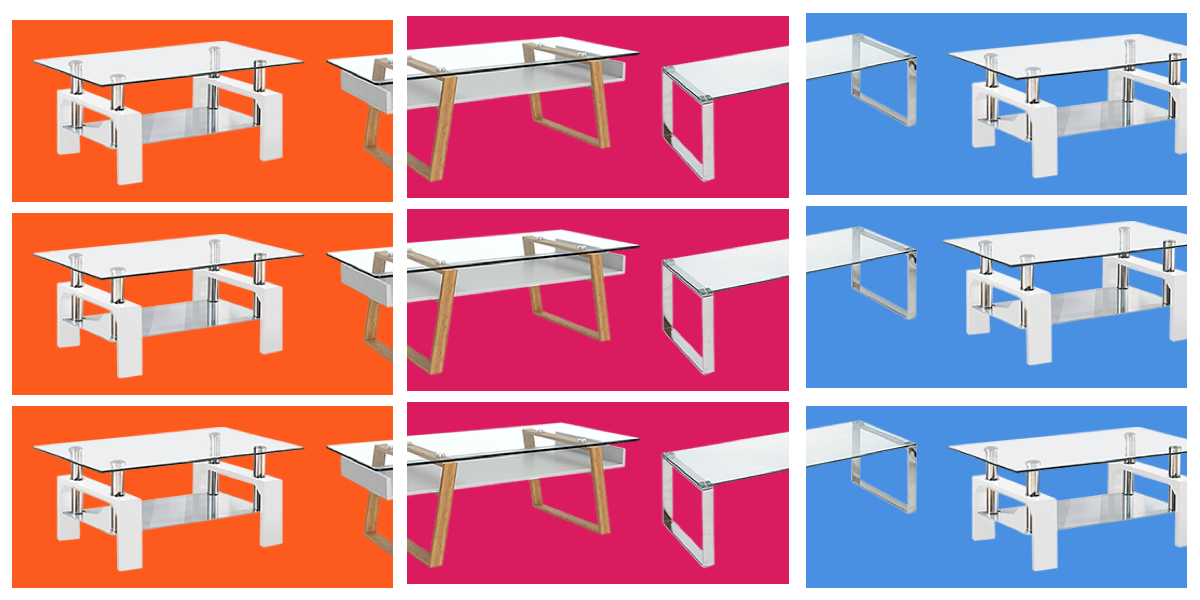
Sarah Higley does accessibility work and finds that “tables and grids are over-represented in accessibility bugs.” The drum has been banged a million times: don’t use a <table> for layout. But what goes around comes around. What’s the the #1 item in a list of “some of the ways tables and grids can go wrong”? …
![]() css-tricks.com
css-tricks.com

In the last article, we learned what goes into planning for a community-driven site. We saw just how many considerations are needed to start accepting user submissions, using what I learned from my experience building Style Stage as an example. Now that we’ve covered planning, let’s get to some code! Together, we’re going to develop …